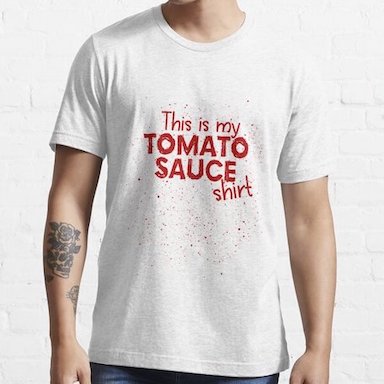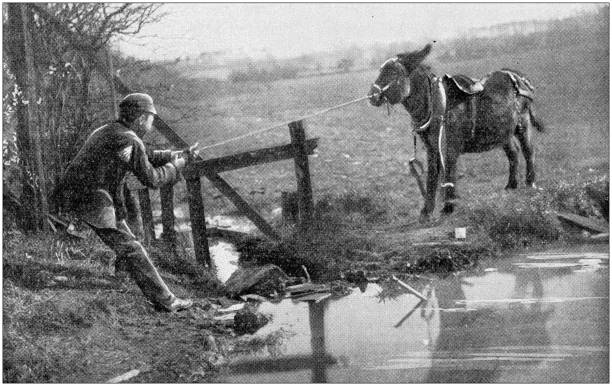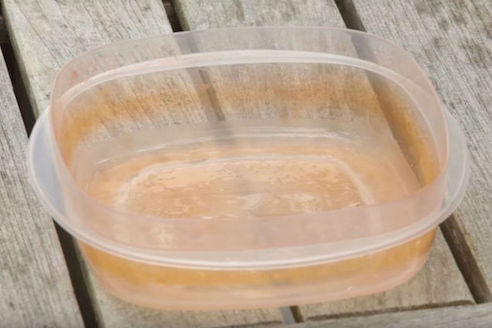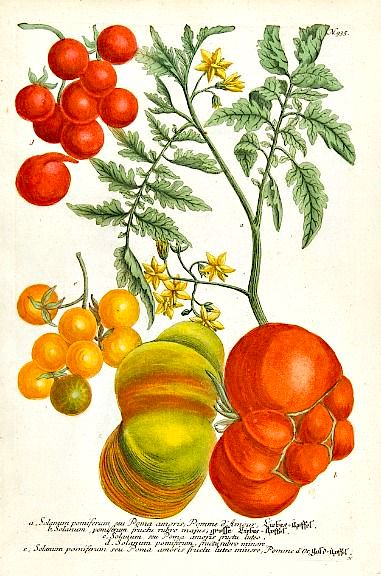Mmmmm, fresh summer tomatoes. They’re great sliced, diced or made into salsa or sauces. There’s nothing like picking one right off the vine, popping it in your mouth and splat! You now have tomato all over your shirt.
“No problem,” you think, “it’ll come out in the wash.”

Fast Forward to Laundry Day…
As you’re putting your freshly washed and dried laundry away you notice that tomato stain is still there. So you toss it back in the hamper for next time.
Several laundry days later, that tomato stain is hanging on. You decide it’s time to get serious.

So you soak and you scrub.
And you soak and you scrub.
And still that stain refuses to budge.
(Rather poetic isn’t it)

You’re about to go all Lady MacBeth on it!

The Tragedy of MacBeth, act 5, scene 1
But thankfully you regain your senses before ruining the shirt.
“What’s the deal with this *&#^%*$ tomato stain!” you wonder. You’re almost ready to designate it your “special tomato shirt,” which admittedly would be handy for those “S’ketti Night Socials” at the county fair, but you’re not quite ready to give up yet.

Nil desperandum my friend! Professor Sprout has some special botanical knowledge to impart that will make your Expelliarmus spell work.

Why Are Tomato Stains So Difficult To Remove From Fabric?
Tomatoes contain multiple pigments: chlorophyll, carotenoids, xanthophylls, and betacarotene. The trouble maker is a bright red carotenoid, lycopene. It’s an approved food coloring and is found in other red fruits such as watermelon, red carrots and papaya. Despite it’s being a carotene, it has no vitamin A properties.

Why Does Lycopene Stain?
Lycopene is not a water soluble pigment, it’s only soluble in fat. In other words, it’s hydrophobic. Hydrophobic molecules cling together to minimize their contact with water, so the pigment hangs onto whatever surface it’s on. Add the nooks and crannies of fabrics, especially natural ones, and it’s hard to get it to release its hold. The hydrophobic nature of lycopene also means that it resists attempts to clean it with just soapy water. The high temperatures of a washing machine can drive stains even deeper.

So, How to Remove a Lycopene Based Stain?
The trick to removing a lycopene based stain from fabric is to treat it like a lipid stain (lipid = fat or oil). Bleach won’t work and often regular spot treatment or laundry detergent won’t either. If it’s an old stain you might need to put a drop of regular cooking oil on the stain or spritz it with an oil based pan spray. What you’re wanting to do is get the lycopene back into an oil base which can then be washed out.
Another thing that works is to hit the stain with a solvent based stain remover. There’s a popular brand of carpet cleaner that works quite well for this. We can’t make commercial recommendations here but if the name Sp*t Sh*t rings a bell well, aren’t you clever. As with all stain removers test on an inconspicuous area beforehand.
If the stain has been through several wash loads, it make take a few wash loads to remove it. But the above method will work.

Bonus round!
Lycopene also stains plastic which is why the container you reheated the Aunt Mamie’s spaghetti sauce in is red. The good news is that lycopene will oxidize so you can soak the stained plastic with a bleach solution which should remove it.

So there you go. Enjoy tomato season and don’t worry about the laundry!

Love the science! Thank you for solving the tomato stain-fabric mystery!
Thank you. That red stain drove the misses to only buy glass food storage.